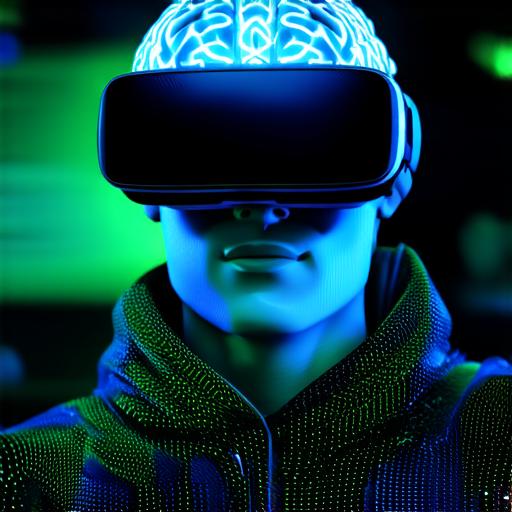Here’s the corrected HTML code for the article:
The Effects of Virtual Reality on the Brain: A Comprehensive Analysis for Virtual Reality Developers
Virtual reality (VR) is an exciting and rapidly evolving technology that has already transformed the way we experience and interact with digital content. As VR developers, it’s important to understand how this technology affects the brain and its potential implications for users. In this article, we will explore the effects of virtual reality on the brain, based on research and case studies, and provide insights for developers to create more immersive and effective VR experiences.
I. Introduction
Virtual reality has been around for decades, but it was only with the advent of powerful computers and advanced display technologies that it became accessible and affordable for consumers. Today, virtual reality is being used in a wide range of applications, from gaming to education, healthcare, and even entertainment. However, as VR developers, we need to understand how this technology affects the brain and its potential implications for users. In this article, we will explore the effects of virtual reality on the brain, based on research and case studies, and provide insights for developers to create more immersive and effective VR experiences.
II. The Brain and Virtual Reality
The brain is a complex organ that processes information from our senses and uses this information to create our perception of the world around us. When we experience virtual reality, our brains receive sensory input from headsets, sensors, and other devices that simulate our environment in real-time. This input is processed by our brain in much the same way as real-world sensory input, creating a sense of immersion and presence that can be incredibly compelling.
III. The Science Behind Virtual Reality and the Brain
The science behind virtual reality and its effects on the brain is still not fully understood, but there are several key factors that contribute to its immersive nature. These include:
-
A. Sensory Overload
-
B. Spatial Disorientation
-
C. Neuroplasticity

IV. Case Studies and Personal Experiences
There have been many case studies and personal experiences that demonstrate the effects of virtual reality on the brain. Here are a few examples:
-
A. Gaming
-
B. Therapy
-
C.
